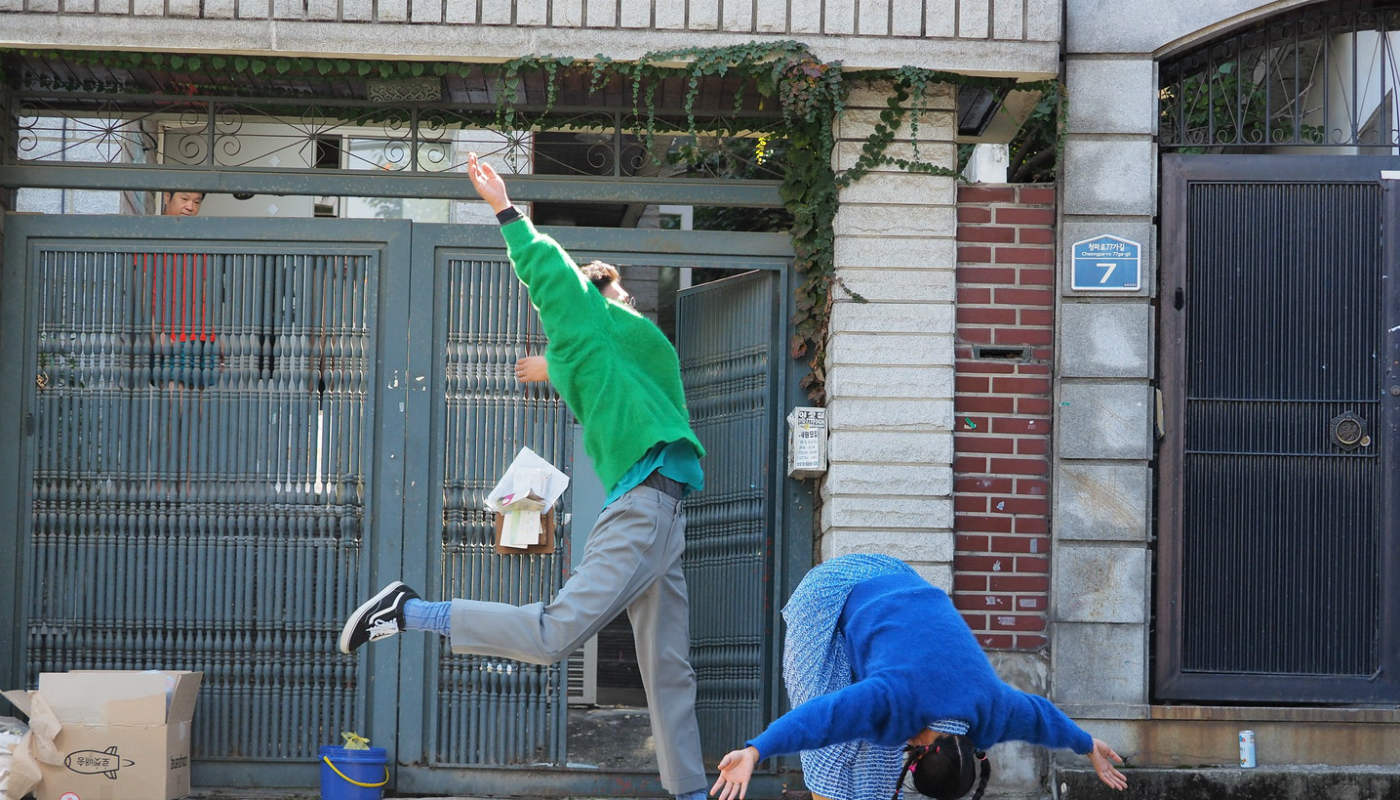Words by Katie Hagan.
The first London International Screen Dance Festival, curated by Charles Linehan and facilitated by Trinity Laban, aimed to unveil the experimental collaboration of dance, screen, choreography and moving image.
Debuting at the Laban Theatre, this inaugural festival featured a real mixed-bag of choreographies-on-screen.
One of Linehan’s intentions was to place work presented by emerging and established artists side by side. He has spoken about the positive benefits that are coming with the democratisation of film, particularly how the advent of the iPhone has now made film-making more attainable, and rightly so.
Anyone can shoot a film, providing they have the interest, concept and fierce editing skills. John Degois and Olivier Bonnet’s urbane, silent-film Focus, which was shown at the festival, was shot on an iPhone XR. And anyone get one of those on contract for 40 quid a month.
Throughout the evening, we visited the cloudy docks of north England, the hotpotch houses in a South Korean neighbourhood, Ghana and then America. We went near enough everywhere.
However, the strongest pieces were the ones which sought to wrong the prejudices that some of these societies – and the people within them – face.
Black Stains by Tiffany Rhynard, Dynamite by Leila Jarman and Silent Imprints by Harry Brooks depicted the representation of fragile masculinity. In Silent Imprints, shots of one young man against the background of a complete wasteland dominate the scene. He is lonely, restless and unsure of whom he is to become.
In Dynamite, a young man dances to a spoken word piece that tells its audience what it means to be a non-binary, black male in an austere America. Solitary at all times, first he dances in a room, moving to an open expanse where he can embody his frustration at full capacity.
In a post-When They See Us society, Black Stains informs us on the discrimination men of colour face in America. Interviews are interspersed within the choreography, which functions here as an important vehicle to add ground and perspective to the men’s stories.
The physicality of the movement teaches us the misjudgement they face. It doesn’t matter that the dancer is pinning himself down on the floor. It makes no difference if it is a policeman/woman or thin air forcing him down to the ground, as, through racial discrimination, his guiltless body has been conditioned to assume that position. Although the movement ebbed and flowed in terms of its significance, it did hit hard when it needed to.

There were some which had an indescribable charm to them, including Daria Lippi’s Creatures, which detailed a relationship between a dancer and a horse. Some had an interesting concept. Juliana Lobo’s film Screening flipped the view onto the cinema’s audience as opposed to a screen — transforming the audience’s stillness into a film. The repeated motifs — of people walking past comically — were humorous but needed development.
The highlight was Mitchell Rose’s And so say all of us. It was a pleasure to see seminal choreographers dancing in honour of Joseph V. Melillo’s 35 year service at the Brooklyn Academy of Music. We see Rennie Harris body popping and William Forsythe’s chisel-sharp turns and footwork. The film brought together different spaces, locations, times, people and frames of minds. It was a real joy.
Header Image: still from And so say all of us.
